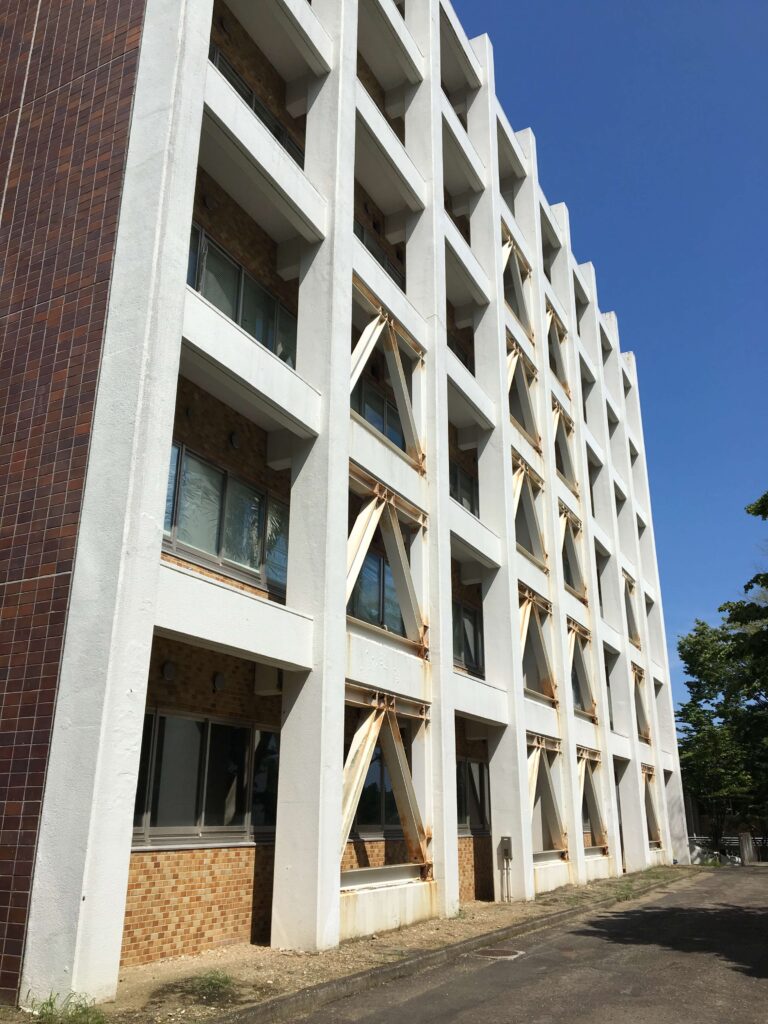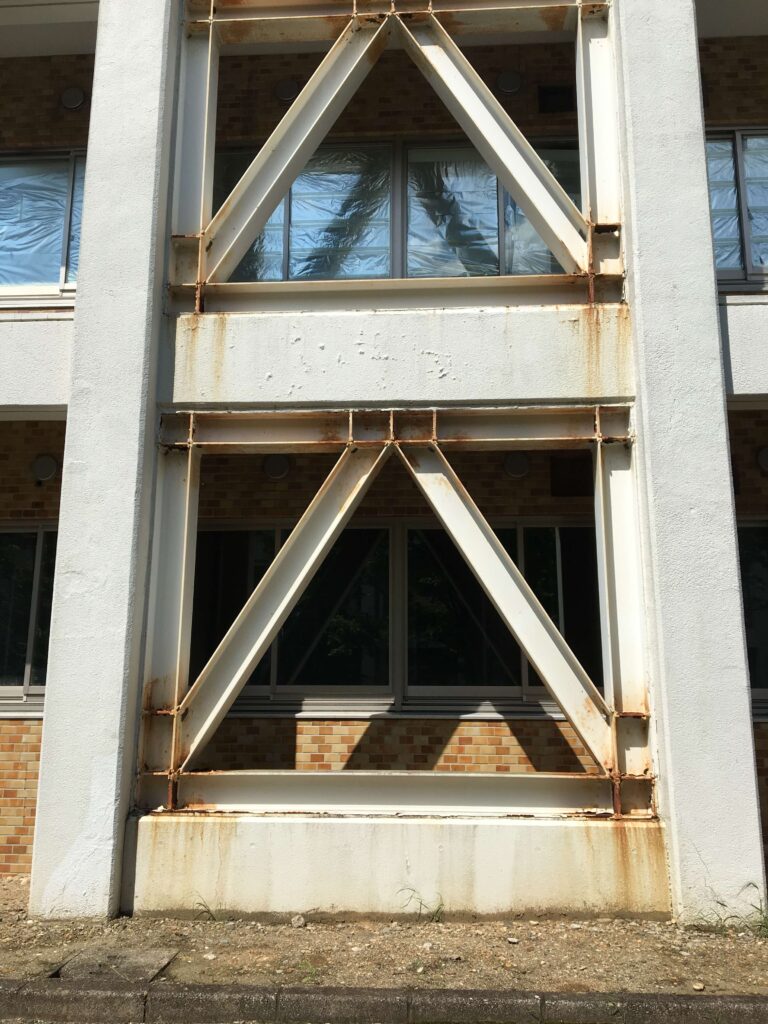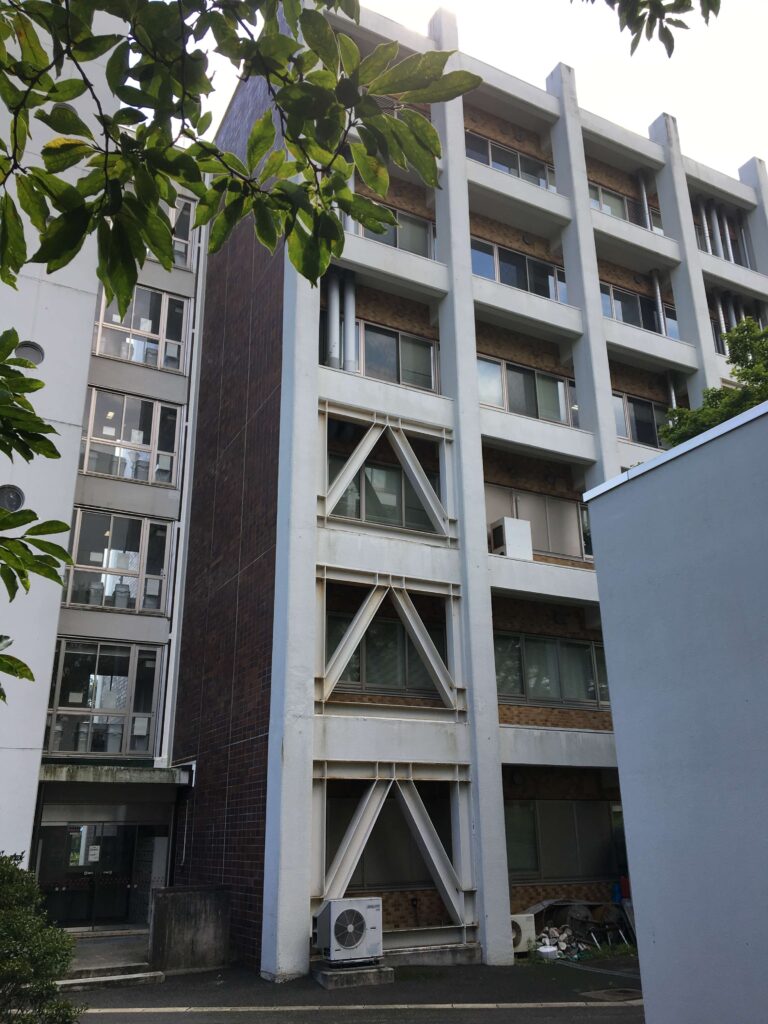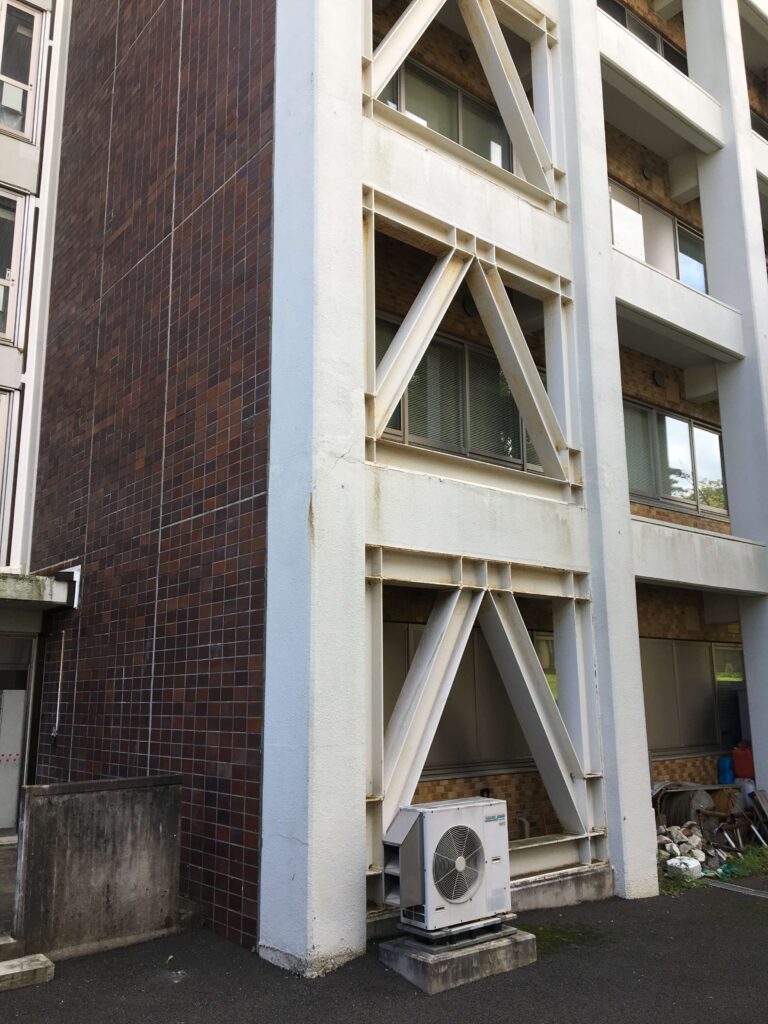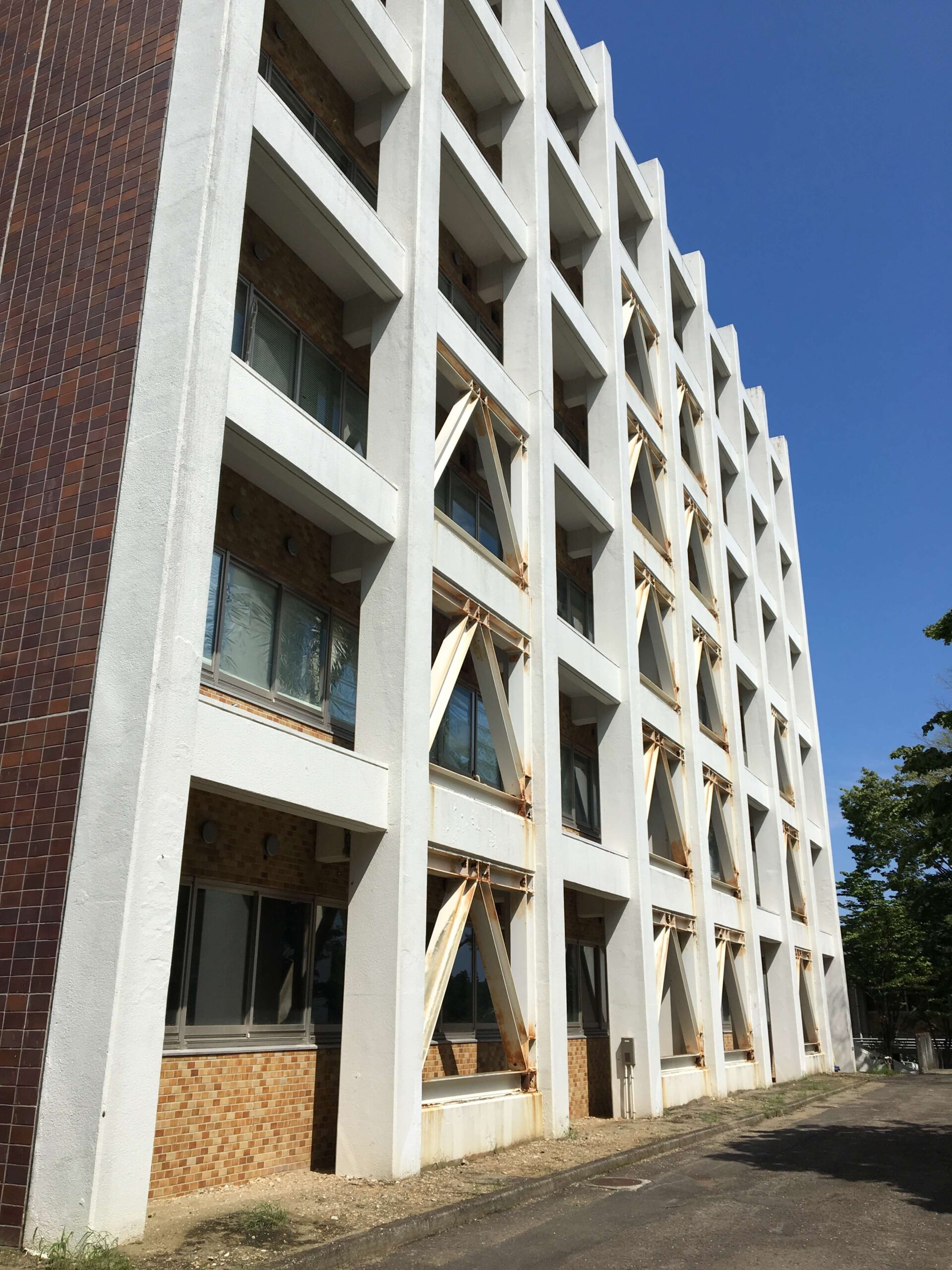Retrofit Building Images of Tohoku University, Japan
Retrofit refers to the process of adding new technology, features, or functionalities to an existing system, building, or infrastructure. It’s essentially a way to modernize something that’s already there, extending its useful life and improving its performance. Here’s a closer look at retrofitting:
Applications of Retrofitting:
- Buildings: Retrofitting buildings can involve improvements to energy efficiency (e.g., installing new insulation, windows, or HVAC systems), safety upgrades (e.g., earthquake proofing), or modernizing features (e.g., adding smart home technology).
- Machines and Equipment: Factories and workshops might retrofit machinery to improve efficiency, incorporate automation, or comply with new safety regulations.
- Transportation: Retrofitting vehicles can involve converting gasoline cars to electric or hybrid models, or upgrading public transportation systems with cleaner technologies.
- Technology: Sometimes, older software or hardware is retrofitted to work with newer systems or to add new functionalities.
Benefits of Retrofitting:
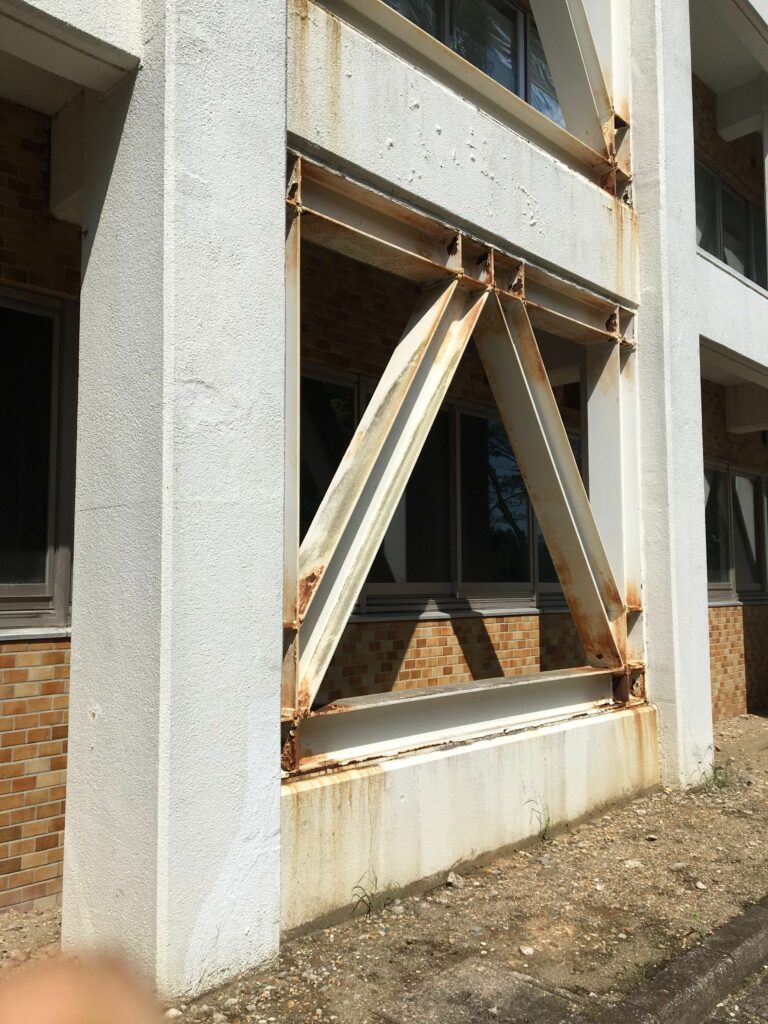
- Cost-Effectiveness: Retrofitting can be more economical than completely replacing a system, especially for large-scale projects like buildings or infrastructure.
- Sustainability: By extending the lifespan of existing systems, retrofitting reduces waste and promotes environmental sustainability.
- Improved Performance: Retrofits can significantly improve the efficiency, safety, or functionality of existing systems.
- Compliance with Regulations: Retrofitting can help buildings or machinery comply with updated safety or environmental regulations.
Challenges of Retrofitting:
- Compatibility: Ensuring compatibility between new and old technologies can be a challenge.
- Disruption: Retrofit projects can sometimes disrupt ongoing operations or usage of the system being upgraded.
- Hidden Costs: Unforeseen costs during the retrofit process can sometimes arise.
- Planning and Expertise: Successful retrofitting requires careful planning and expertise to ensure a smooth and effective upgrade.
Overall, retrofitting is a valuable strategy for extending the life, improving the performance, and enhancing the sustainability of various systems and infrastructures.
How to retrofit of an earthquake risk building
Here’s a breakdown of the process for retrofitting an earthquake-risk building:
1. Assessment and Evaluation:
- Seismic Risk Analysis: A qualified structural engineer will thoroughly assess the building’s vulnerability to earthquakes. This involves factors like building age, materials used, construction methods, and the specific seismic hazards in the region.
- Identifying Weaknesses: The engineer will identify structural weaknesses that could cause significant damage or failure during an earthquake. This might include weak foundations, unreinforced masonry walls, inadequate connections between beams and columns, or a lack of ductility (flexibility) in the structure.
2. Develop a Retrofit Plan:
- Prioritization: Based on the risk assessment, the engineer will prioritize the necessary retrofitting measures. This ensures the most critical vulnerabilities are addressed first.
- Selection of Techniques: There’s a range of retrofitting techniques available, and the most suitable ones will depend on the specific weaknesses identified. Here are some common examples:
- Adding shear walls: Reinforced concrete or steel walls can be added to improve the building’s lateral strength and resist earthquake forces.
- Column jacketing: Existing columns can be strengthened by encasing them in steel or concrete jackets.
- Foundation reinforcement: The foundation might need additional support or anchoring to the underlying soil to improve stability.
- Bracing: Installing braces between beams and columns or walls can improve the building’s overall stability.
- Diaphragm strengthening: The diaphragm (floors and roof) might need reinforcement to better distribute earthquake forces throughout the building.
3. Implementation and Construction:
- Permits and Approvals: Obtaining necessary permits and approvals from local building authorities is crucial before starting construction.
- Construction Expertise: The retrofitting work should be undertaken by qualified contractors experienced in earthquake engineering principles.
- Occupancy Considerations: Depending on the extent of the retrofit, the building might need to be partially or fully vacated during construction.
4. Post-Retrofit Inspection and Maintenance:
- Verification: Upon completion, a structural engineer should verify that the retrofitting work meets the design specifications and ensures the building’s improved seismic performance.
- Ongoing Maintenance: Regular inspections and maintenance of the retrofitted elements are essential to ensure the building’s continued earthquake resistance.
Additional Considerations:
- Cost-Effectiveness: Retrofitting costs can vary depending on the building size, the extent of the work required, and the chosen techniques. Weighing the cost against the potential damage from an earthquake is crucial.
- Disruption to Occupants: The retrofitting process can disrupt occupants, so planning and communication are essential to minimize inconvenience.
- Benefits Beyond Earthquake Safety: Retrofitting can sometimes offer additional benefits like improved energy efficiency or soundproofing.
By following a well-defined process and employing qualified professionals, retrofitting earthquake-risk buildings significantly enhances their safety and protects occupants in the event of a seismic event.
